Peiqing Lv
School of Automation, Harbin University of Science and Technology, Harbin, 150080, China
EAR-U-Net: EfficientNet and attention-based residual U-Net for automatic liver segmentation in CT
Oct 03, 2021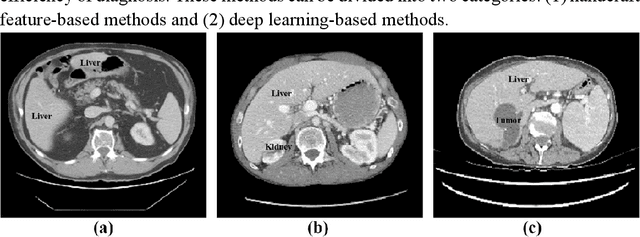
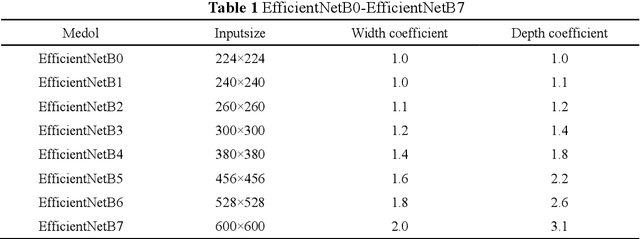
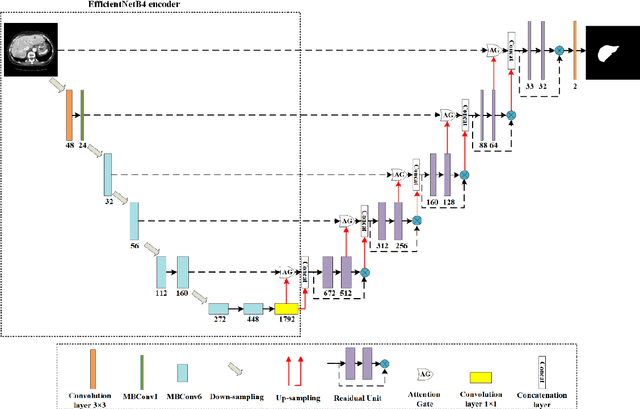
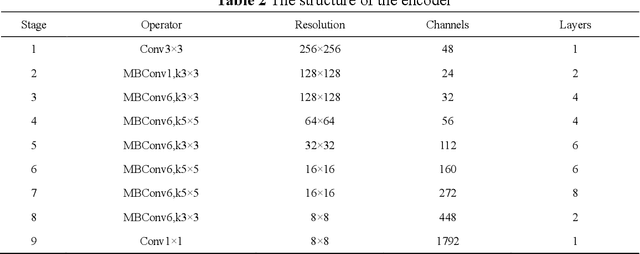
Abstract:Purpose: This paper proposes a new network framework called EAR-U-Net, which leverages EfficientNetB4, attention gate, and residual learning techniques to achieve automatic and accurate liver segmentation. Methods: The proposed method is based on the U-Net framework. First, we use EfficientNetB4 as the encoder to extract more feature information during the encoding stage. Then, an attention gate is introduced in the skip connection to eliminate irrelevant regions and highlight features of a specific segmentation task. Finally, to alleviate the problem of gradient vanishment, we replace the traditional convolution of the decoder with a residual block to improve the segmentation accuracy. Results: We verified the proposed method on the LiTS17 and SLiver07 datasets and compared it with classical networks such as FCN, U-Net, Attention U-Net, and Attention Res-U-Net. In the Sliver07 evaluation, the proposed method achieved the best segmentation performance on all five standard metrics. Meanwhile, in the LiTS17 assessment, the best performance is obtained except for a slight inferior on RVD. Moreover, we also participated in the MICCIA-LiTS17 challenge, and the Dice per case score was 0.952. Conclusion: The proposed method's qualitative and quantitative results demonstrated its applicability in liver segmentation and proved its good prospect in computer-assisted liver segmentation.
SAR-U-Net: squeeze-and-excitation block and atrous spatial pyramid pooling based residual U-Net for automatic liver CT segmentation
Mar 11, 2021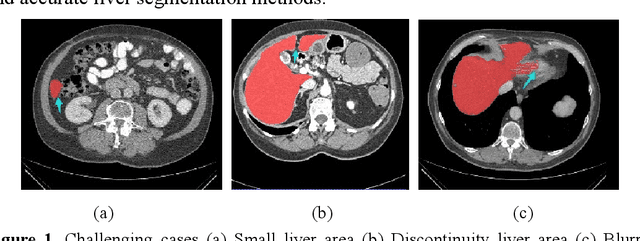
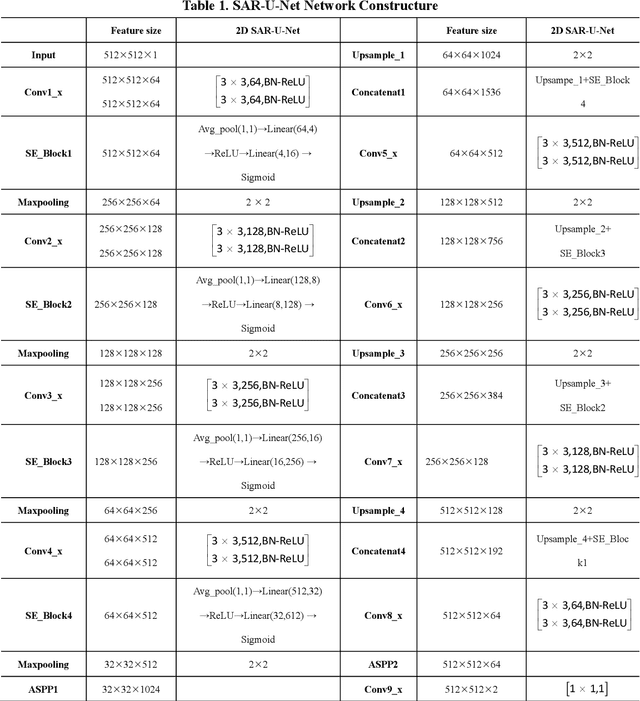
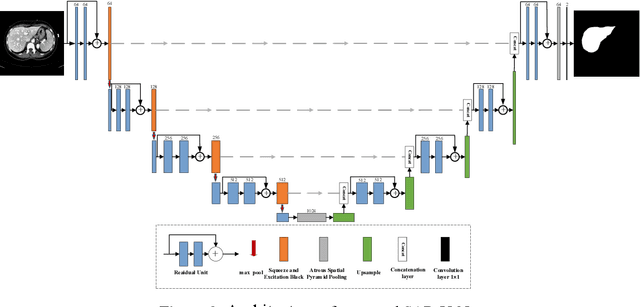
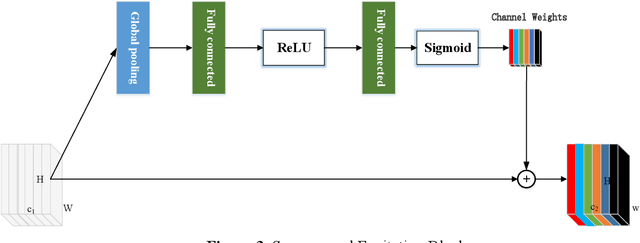
Abstract:Background and objective: In this paper, a modified U-Net based framework is presented, which leverages techniques from Squeeze-and-Excitation (SE) block, Atrous Spatial Pyramid Pooling (ASPP) and residual learning for accurate and robust liver CT segmentation, and the effectiveness of the proposed method was tested on two public datasets LiTS17 and SLiver07. Methods: A new network architecture called SAR-U-Net was designed. Firstly, the SE block is introduced to adaptively extract image features after each convolution in the U-Net encoder, while suppressing irrelevant regions, and highlighting features of specific segmentation task; Secondly, ASPP was employed to replace the transition layer and the output layer, and acquire multi-scale image information via different receptive fields. Thirdly, to alleviate the degradation problem, the traditional convolution block was replaced with the residual block and thus prompt the network to gain accuracy from considerably increased depth. Results: In the LiTS17 experiment, the mean values of Dice, VOE, RVD, ASD and MSD were 95.71, 9.52, -0.84, 1.54 and 29.14, respectively. Compared with other closely related 2D-based models, the proposed method achieved the highest accuracy. In the experiment of the SLiver07, the mean values of Dice, VOE, RVD, ASD and MSD were 97.31, 5.37, -1.08, 1.85 and 27.45, respectively. Compared with other closely related models, the proposed method achieved the highest segmentation accuracy except for the RVD. Conclusion: The proposed model enables a great improvement on the accuracy compared to 2D-based models, and its robustness in circumvent challenging problems, such as small liver regions, discontinuous liver regions, and fuzzy liver boundaries, is also well demonstrated and validated.
 Add to Chrome
Add to Chrome Add to Firefox
Add to Firefox Add to Edge
Add to Edge